The French Revolution, a period marked by radical societal shifts and violent upheaval, brought with it the rise of a notorious symbol: the guillotine. Often seen as an instrument of terror, the guillotine became a powerful symbol not only of death but of revolutionary ideals. Throughout the Reign of Terror, it claimed the lives of thousands, including the French aristocracy and even the king himself. Yet, amidst this bloodshed, the guillotine was also immortalized in culture—its presence extending beyond the executioner’s platform and into everyday life. One of the more unusual, yet significant, symbols of this period was the guillotine earrings, a fashion statement with deep revolutionary meaning.
The Guillotine Earrings: A Fashionable Commemoration
The Design and Significance of the Earrings
The guillotine earrings, created during the height of the French Revolution in 1793, were designed to commemorate the brutal executions that took place during the Reign of Terror. These gilded earrings depicted the guillotine as a central feature, with a Phrygian cap—representing liberty—sitting atop and the decapitated heads of King Louis XVI and Marie Antoinette hanging below. In a society defined by stark class divisions, these earrings served as a bold symbol of political allegiance, particularly for those who supported the revolution and the ideals it embodied.
The earrings became more than just jewelry; they were a symbol of defiance and solidarity with the Revolution’s goals. Wearing them allowed individuals to showcase their revolutionary credentials while aligning themselves with the overthrow of the monarchy. Fashion, in this case, was not merely an aesthetic choice but a statement of allegiance to the new order.
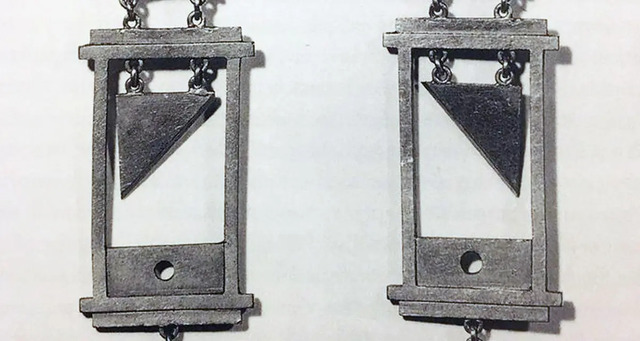
The Role of Jewelry in Revolutionary Symbolism
Jewelry in the French Revolution, particularly the guillotine earrings, symbolized much more than wealth or fashion. It was used as a tool of propaganda and personal identity. The guillotine, an emblem of the new justice system that aimed to eliminate the aristocratic hierarchy, became intertwined with cultural practices, as seen in these earrings. Much like the wearing of the tricolor cockade or the use of revolutionary slogans, these earrings served as visual markers of revolutionary identity, giving wearers a sense of participation in the sweeping changes of their time.
The Reign of Terror: Mass Executions and Their Cultural Impact
The Guillotine as an Egalitarian Execution Tool
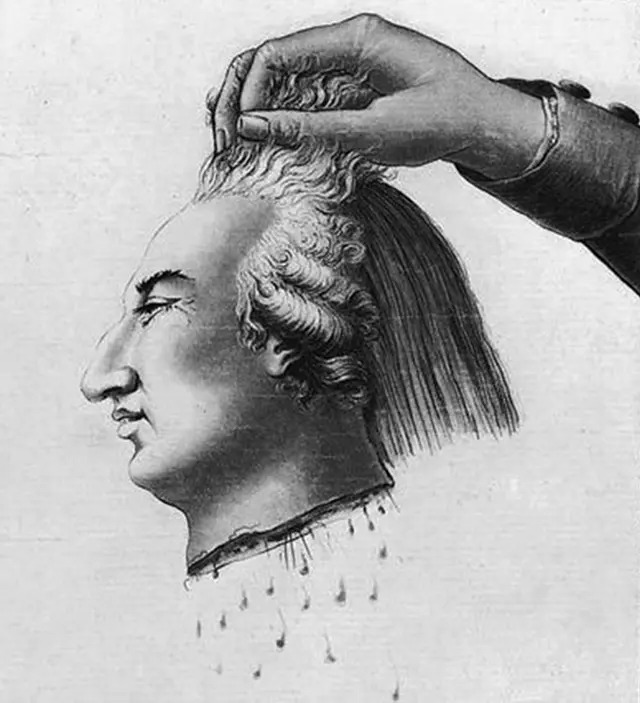
The guillotine was introduced as a means of providing an egalitarian form of capital punishment, where even those at the top of the social ladder, like King Louis XVI and Queen Marie Antoinette, could meet the same swift and public death as common criminals. The guillotine’s design promised a quick and “humane” death, which was significantly more efficient than previous methods of execution. Unlike the medieval practice of burning at the stake or beheading by sword—both of which often resulted in prolonged suffering—the guillotine was designed to be a precise and instantaneous means of execution.
Dr. Joseph-Ignace Guillotin, who suggested the creation of the machine in 1789, believed that capital punishment should be equally administered to all, regardless of social status. The guillotine, with its swift action, became a metaphor for the Revolution itself: a force that was meant to be both revolutionary and just, albeit brutal.
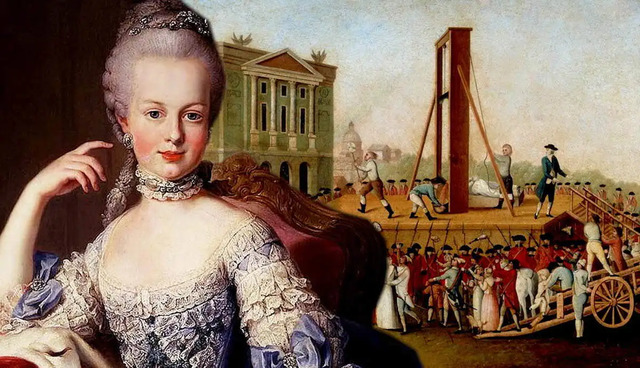
The Cultural Phenomenon of Guillotine Executions
The guillotine’s role went beyond the streets of Paris and into the cultural fabric of the time. As the Reign of Terror took hold, the public grew accustomed to the regularity of executions. The guillotine became the focal point of daily life, with people discussing, depicting, and even celebrating the “widow” (a nickname for the guillotine) through songs, plays, and visual art. Public executions became an event, drawing crowds who both feared and admired the machine.
Popular songs, such as those referencing “the widow” and “the national razor,” created an unsettling yet almost celebratory atmosphere around the instrument. It became an everyday part of life, much like the tricolor flags or the ever-present calls for equality and justice. This symbol of death was also a symbol of victory for the revolutionaries, an acknowledgment that the old order had been irrevocably torn down.
Video
Watch the video to discover the guillotine’s kill list during the French Revolution.
The History Behind the Guillotine

The guillotine was not an invention of the French Revolution, but it did revolutionize the way executions were carried out. Beheading devices had existed throughout history—such as the Diele in medieval Germany, the “maiden” in Scotland, and the Halifax gibbet in England—but these were far less efficient and often crude by comparison. The French design was more advanced, incorporating technical innovations like a swivel board to restrain the condemned and a blade that was designed to remain sharp and effective.
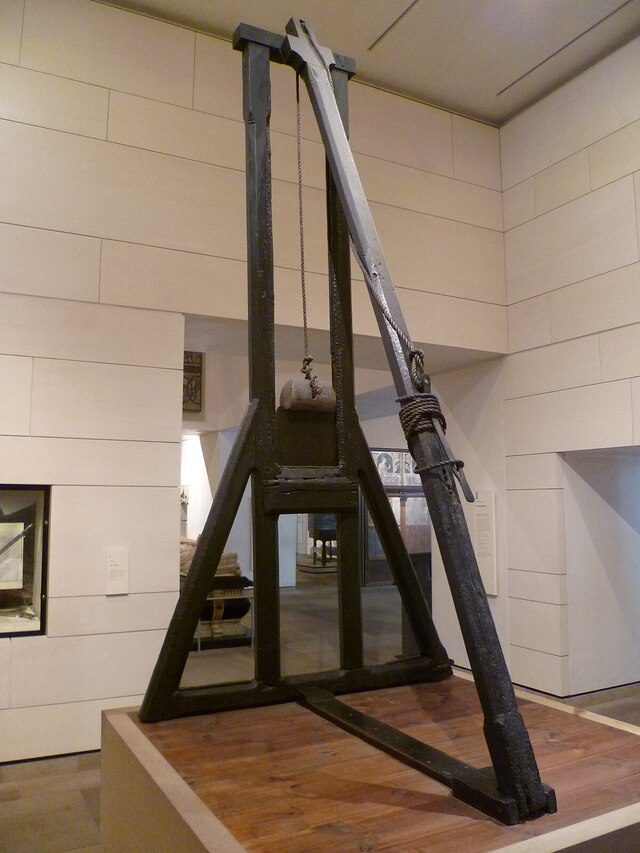
While France didn’t invent the idea of beheading, it certainly perfected the process, making it a machine of mass execution that could handle large numbers of people. The first execution by guillotine was carried out on April 25, 1792, marking the beginning of a bloody chapter in the history of the French Revolution.

Dr. Guillotin’s suggestion to introduce the guillotine was initially met with resistance, but it soon became a hallmark of the Revolution’s ruthlessness. He advocated for a machine that would be less painful and more humane than other methods of execution. Ultimately, it was not Guillotin who built the machine, but the French engineer Antoine Louis and the Prussian piano maker Tobias Schmidt, who made the actual device.
Schmidt’s design was simple yet effective, but his attempt to patent the invention was rejected, citing the invention’s distasteful nature. Nevertheless, the guillotine quickly became the instrument of choice for executions during the Revolution.
The First Guillotine Execution and Its Popularity
Before it was used on humans, the guillotine underwent testing on live sheep and human corpses, which demonstrated its efficiency and precision. The success of these tests led to its first real-world use on April 25, 1792, when highwayman Nicolas Jacques Pelletier became the first person to be executed by guillotine.
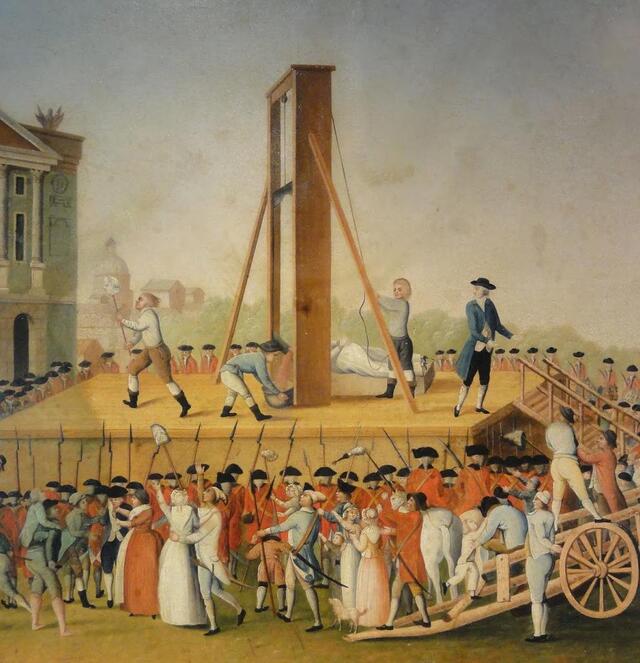
As the Reign of Terror escalated, so did the number of executions. The guillotine became a terrifying symbol of the Revolution’s capacity for violence and control, with approximately 16,594 people executed between June 1793 and July 1794 alone.
Pelletier’s execution set the stage for many more, as the French public quickly grew accustomed to seeing the guillotine in action. The efficiency and swiftness of the device solidified its place in French culture as a symbol of justice, retribution, and ultimately, death.
The End of the Reign of Terror and Rumors of Consciousness After Death
After the Reign of Terror came to a close, rumors began to circulate that the decapitated heads of executed individuals showed signs of movement or consciousness. Some claimed to see eyes blink or lips twitch. These rumors caused public opinion to shift somewhat, and the guillotine’s once-celebrated status as an egalitarian symbol of death began to fade.
In the aftermath of the Reign of Terror, the guillotine was no longer viewed as a symbol of revolutionary justice. Instead, it became a reminder of the bloodshed and fear that had plagued France for years. The “victim’s balls” held in Paris, where families of those who had been executed gathered to mourn, reflected the changing sentiment toward the guillotine.
Video
Watch the video on the execution of Marie Antoinette.
Conclusion: The Guillotine’s Legacy in History and Fashion
The guillotine’s legacy is one of brutality, efficiency, and cultural symbolism. From a symbol of revolutionary justice to a piece of fashionable jewelry, it has left an indelible mark on history. The guillotine earrings, like so many other aspects of the French Revolution, demonstrate how deeply death, violence, and ideology were interwoven during this turbulent time. While the guillotine may have lost its popularity as a tool of execution, its impact on art, fashion, and the collective memory of the Revolution remains ever-present.



